Indian Railways to launch 800 special Kumbh Mela trains to Prayagraj, featuring Kumbh-Logo such as ‘Kumbh-Chalo’ and pictures of bare-bodied Naga sadhus taking a dip in the river. Kumbh Mela which celebrates the holy union of river Ganga, Yamuna and Saraswati are going to take place from 15 January to 4 March, which is expecting around 120 million people to visit. Wherein 12 million pilgrims are expected on January 15 Makar Sankranti, 5.5 million on January 21 Paush Purnima, 30 million on February 4 Mauni Amavasya, 20 million on February 10 Basant Panchami, 16 million on February 19 Maghi Purnima, and 6 million on March 4 Mahashivratri, as stated by the state government. The Kumbh Mela is the largest gathering, which takes place every 12 years and lasts for about two months, is considered to be as an auspicious time to bathe in the holy river for purification of all your sins. Prayagraj the headquarters of the North Central Railways is the main center of the event and Indian railways have made all the arrangements to ensure the cleanliness and safety measures to be taken care of, also a lot of work regarding upkeep has been outsourced to the private firms. Apart from that, there will be around 10,000 enclosures to house pilgrims will be set up at Allahabad Junction and all of them will be equipped with water booths, vending stalls, ticket counters, LCD TV and separate toilets for men and women. There will also be a temporary helipad operational during the mela for which construction is in progress at Hariharvan village near the city.

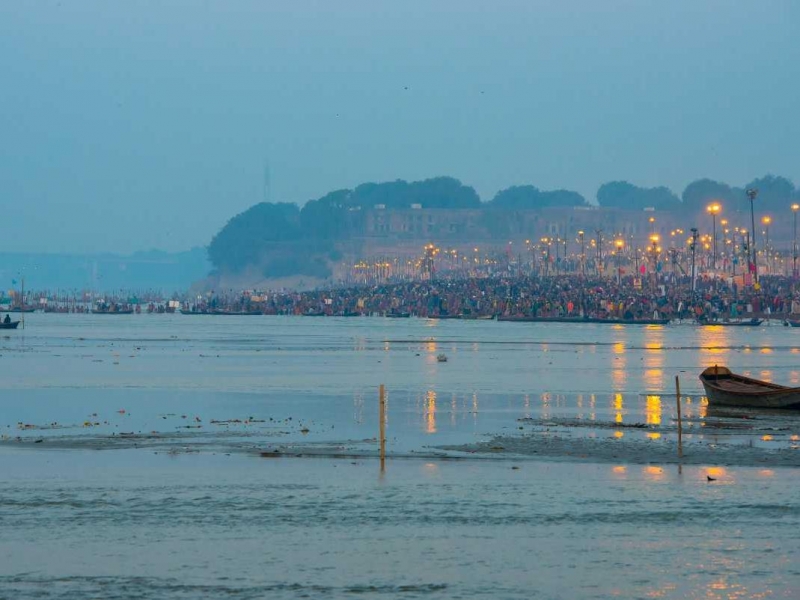
Kumbh Mela is one of India's most important religious spectacles. The word ‘Mela’, or fair, is rightly associated with the Kumbh, as it is no less than a fair of India's religious and cultural unity. The Kumbh of 2025 will be held in Prayagraj from the middle of January to the last week of February. It is held on the banks of the Triveni Sangam in Prayagraj. In this blog, we will take a deep dive into the importance of Triveni Sangam in Hinduism and why it is known as one of the sacred sites for the organization of the Kumbh.
1. The Rivers in the Triveni Sangam
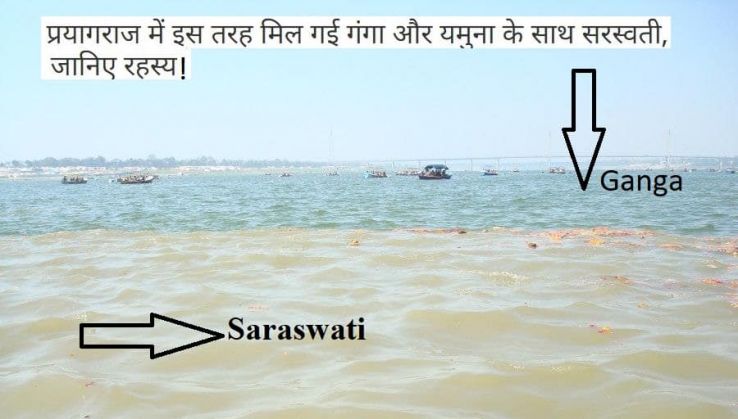
The Triveni Sangam, or the place of the confluence of three rivers, holds a lot of spiritual importance in Hinduism. Hinduism, or Sanatan Dharma, regards rivers and deities, and the three rivers associated with this Sangam are revered. Ganga, which is said to be the most sacred river in India, is known as Moksha Dayini and Paap Nashini because of its purifying capabilities. According to the scriptures, Bhagirath, for the redemption of his ancestors, prayed to the Ganga to flow on the earth.
Yamuna, the second river of the confluence, is the sister of Lord Yama, the God of death and the wife of Lord Krishna. It is known for its beauty and grace. Yamuna is referred to in many poems and songs as the symbol of love. It is alleged that in the Dwapar Yuga, Lord Krishna did all his Leelas on the banks of the river Yamuna.
Saraswati is the third river in this confluence. It is believed that the stream of Saraswati is not seen in the Sangam. Saraswati is considered as the deity of knowledge and wisdom. Saraswati is invoked during the festivals of Basant Panchami.
The scene of the Sangam is a sight to behold in itself. When you see the Green coloured stream of the Ganga merging with the bluish stream of the Yamuna, it makes a natural spectacle. The atmosphere has a touch of cosmic energy, with the chants of the Mantras and the people performing religious rituals. And, if you decide to take a dip into the holy waters of the Sangam, then it will surely be a dip of faith and belief.
The Triveni Sangam is a geographical convergence of the rivers and a spiritual epicentre profoundly rooted in Hindu beliefs. Whether one visits this place for faith, culture, or solace, it connects one to India’s early spiritual heritage. A journey to this revered site is a step closer to understanding the spirit of divinity and the perpetual quest for liberation.
2. Spiritual Significance of the Sangam
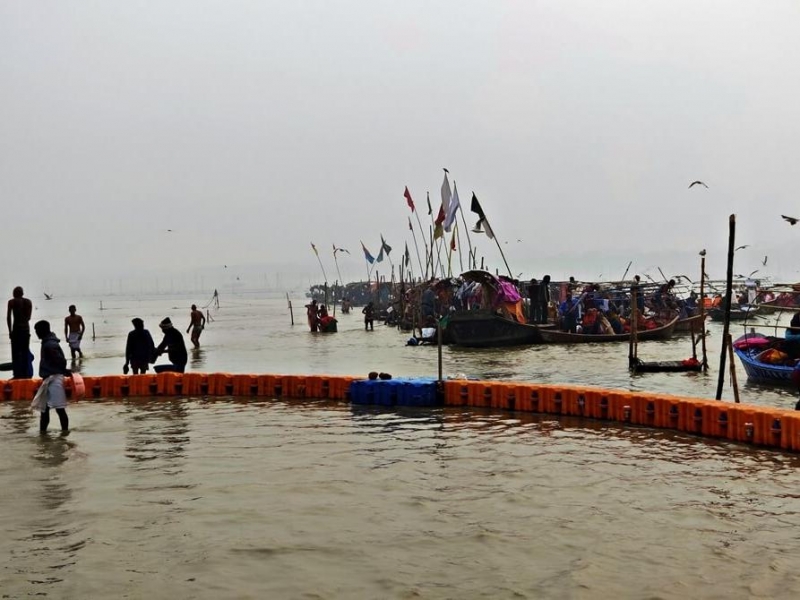
The Sangam is located at the meeting point of the three rivers, and it is of great importance to India, both culturally and historically. It is also well known because of the site of the Kumbh Mela, which is held in Allahabad, or Prayagraj, as the place is now called, after every twelve years. On the occasion of the Kumbh Mela, this place is flocked with millions of devotees from all over the Indian subcontinent.
This festival is one of the largest religious gatherings worldwide, and bathing in the holy Sangam is considered holy. It is also said that it cleanses people of their sins and takes them closer to spirituality and divinity.
The Kumbh Mela is not only about taking a dip into the holy waters of the Sangam; devotees also participate in various religious activities, such as meditating and other spiritual discourses. There is a sense of unity and diversity during the Kumbh's organization, as people from various parts of India and shared beliefs come together at this religious grandeur.
3. Mythological Tale About the Sangam
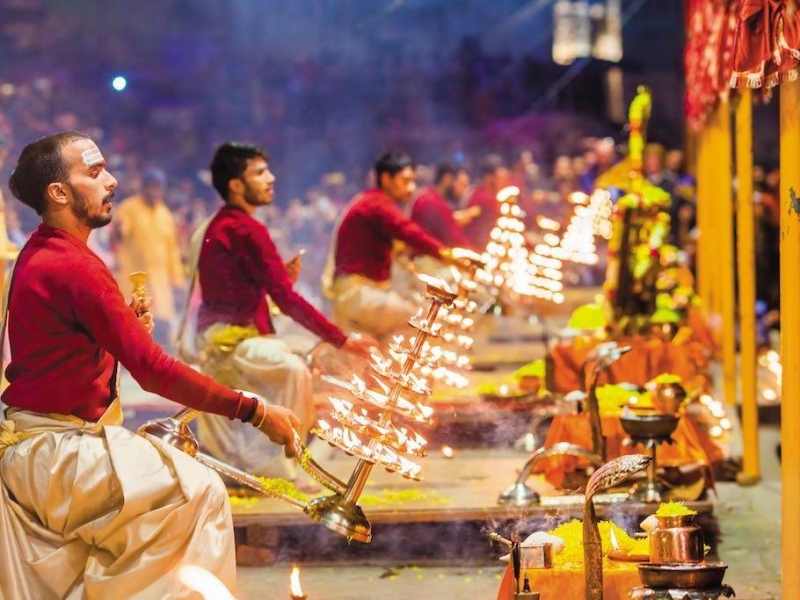
The Sangam also has a fair share of mythological tales attached to it, which increases its importance in Hinduism by leaps and bounds. If the scriptures are to be believed, the Sangam is where the drops of the nectar of immortality attained from the churning of the ocean fell. The drops gave this place mystical powers.
This entire narrative stresses the connection between the physical and spiritual worlds, which is the context of most of the rituals and practices performed here. Thus, it can be rightly said about the Sangam that it is a blend of cultures, traditions, and mythology, which makes it an important component of the religious landscape of India.
4. When You Should Visit the Triveni Sangam and Why?
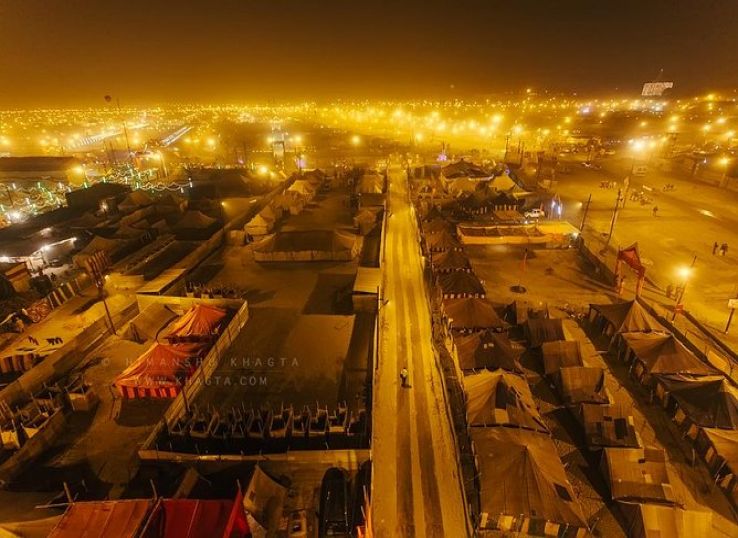
If you are planning to visit the Sangam in Prayagraj, there is no better time than January. The Kumbh Meka starts in the middle of January, and there is also the festival of Makar Sankranti, which is associated with taking the holy dips in the Sangam. At this time, the entire city of Prayagraj comes to life, and many pilgrims grace it during the grand festivals.
It is even more pleasing to visit the Triveni Sangam in January because the weather is also pleasant. The temperature generally ranges between 10 and 20 degrees Celsius, making it a perfect time to indulge in religious activities and even take a holy dip.
Since January is a religiously active month with the Kumbh starting or coming of the Makar Sankranti, the entire atmosphere of this already holy place is even more vibrant, adding to the tranquillity of this place, particularly with the commencement of the Shahi Snan or the Royal Bath.
5. Shahi Sanan in Triveni Sangam
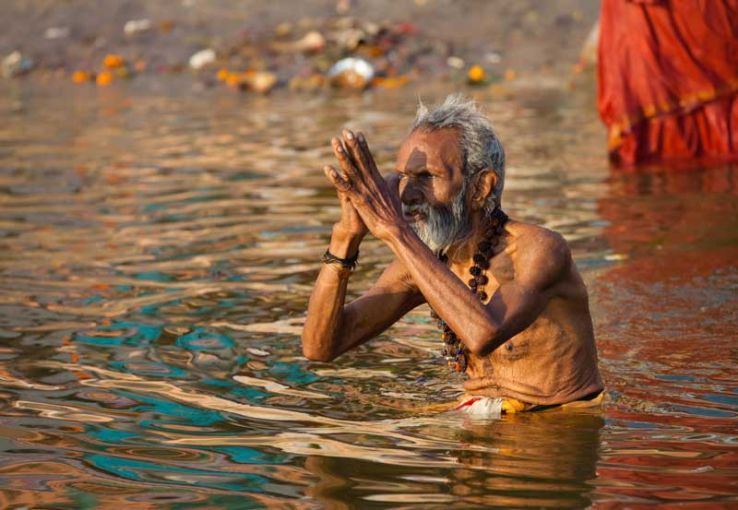
On the occasion of Kumbh, the Sangam always remains a hot spot where devotes take a holy bath. People come to Kumbh to bathe in the sacred water.
The entire period of the Mela is considered a favourable time to bathe in those sacred waters. Super-auspicious days exist among days, but there are also special ones. These are acknowledged as Shahi Sanan days.
If you are to look at the exact dates of the Kumbh Mela, which will be held at this auspicious place in 2025, be wary of the Shahi Snan days as these days are very crowded, and especially the day of the Sadhus’ first dive.
Recommended For You
-
 Best Places to Stay During Kumbh 2025: From Tents to Luxury Hotels
Best Places to Stay During Kumbh 2025: From Tents to Luxury Hotels
-
 The Ultimate Guide to Maha Kumbh Mela 2025 at Prayagraj
The Ultimate Guide to Maha Kumbh Mela 2025 at Prayagraj
-
 The History and Mythology of Kumbh Mela: A Journey Through Time
The History and Mythology of Kumbh Mela: A Journey Through Time
-
 Best Places to Eat in Goa: Indulge in a Culinary Delight
Best Places to Eat in Goa: Indulge in a Culinary Delight
-
 The Future of Drone Tourism: How Drones are Changing the Travel Industry
The Future of Drone Tourism: How Drones are Changing the Travel Industry
-
 10 Reasons Why Diwali is Celebrated
10 Reasons Why Diwali is Celebrated
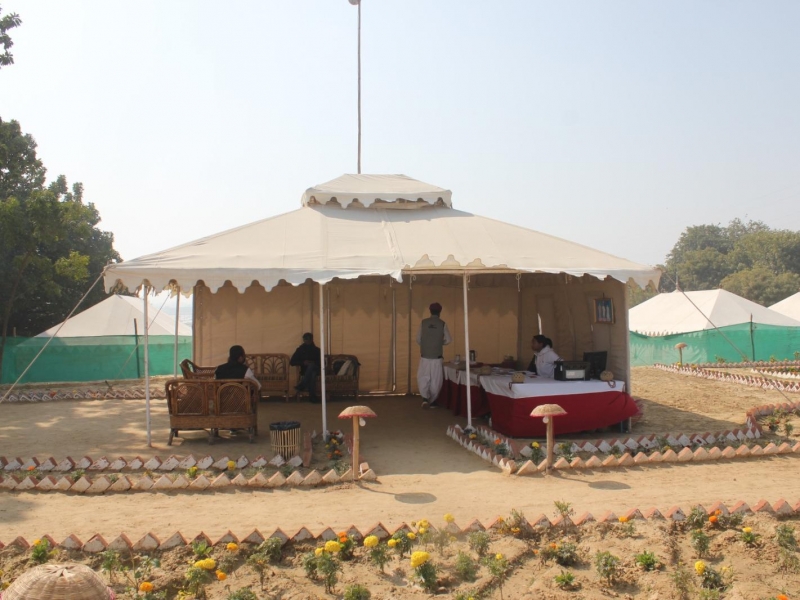
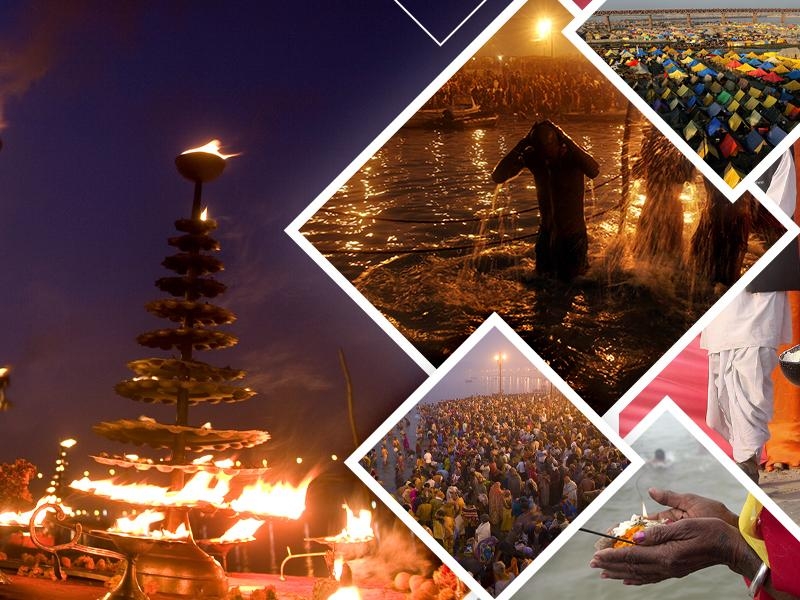
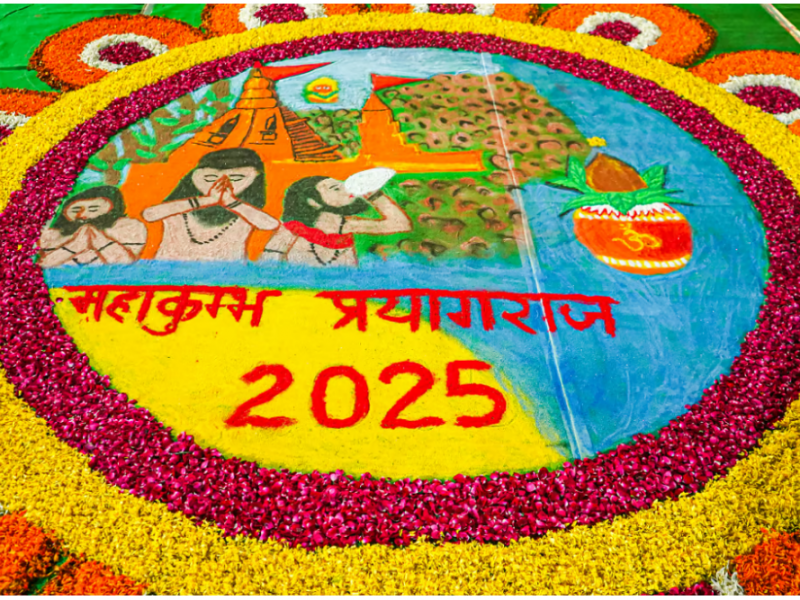



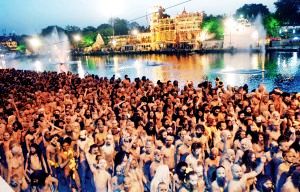
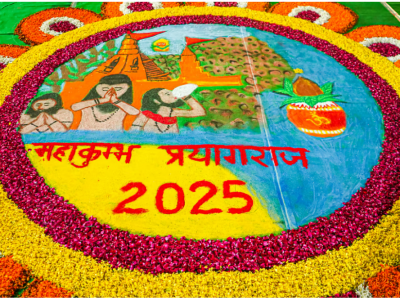
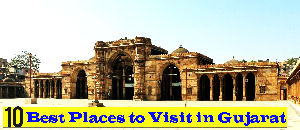

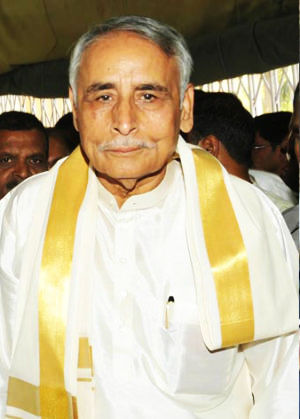


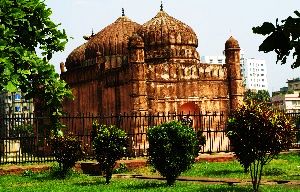



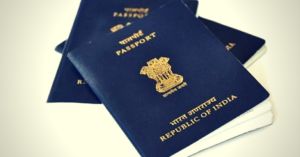



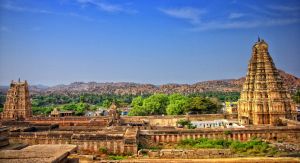
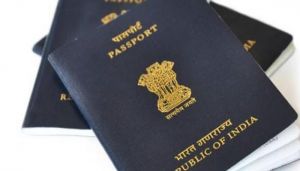

Author Bio